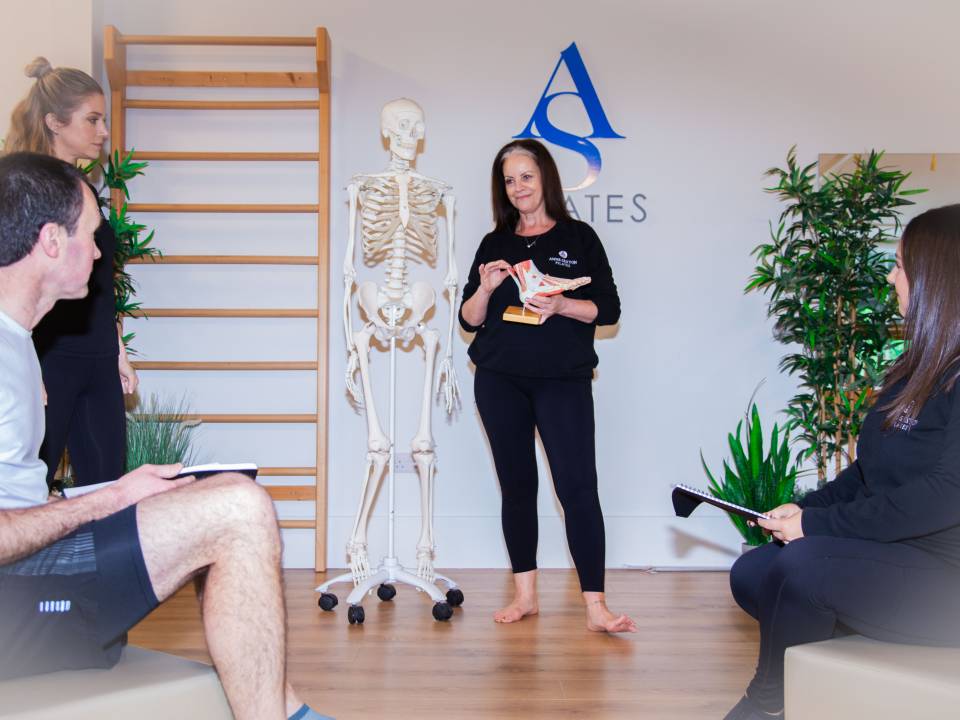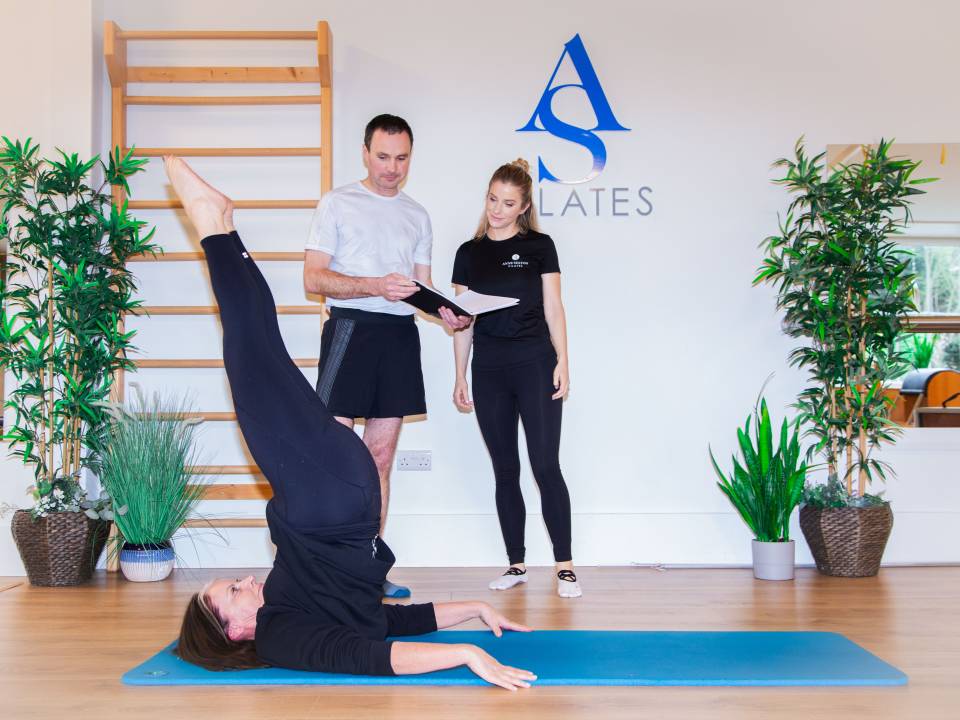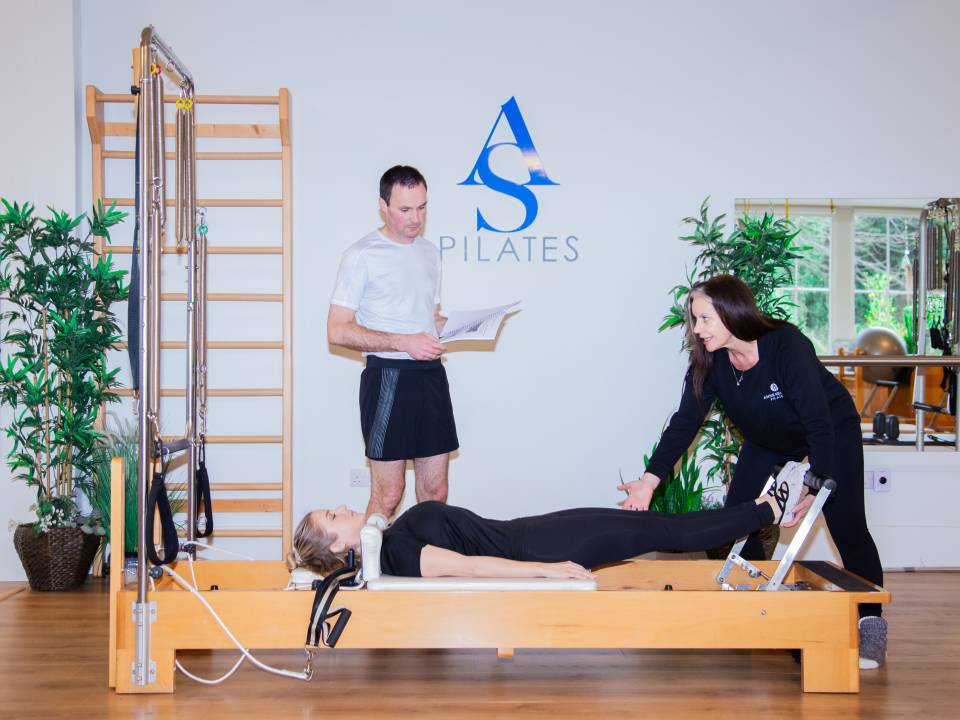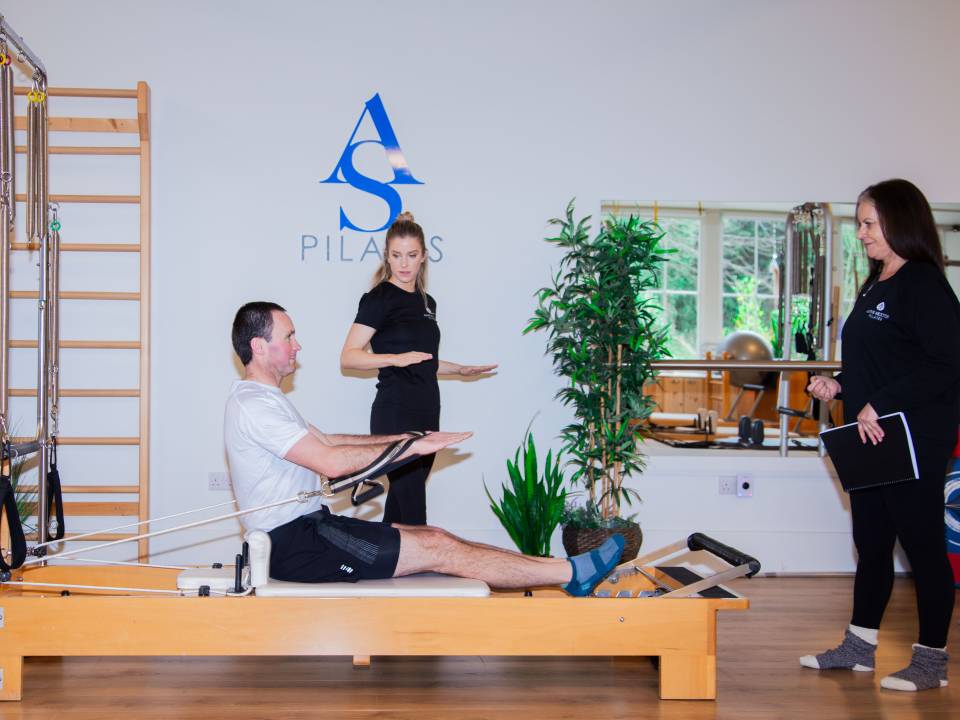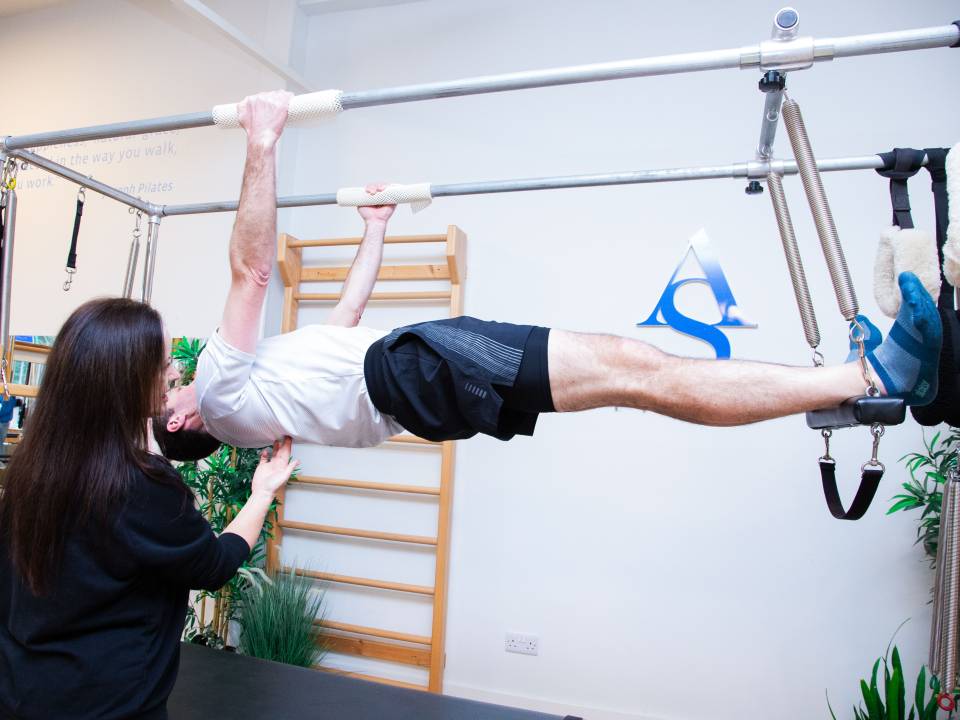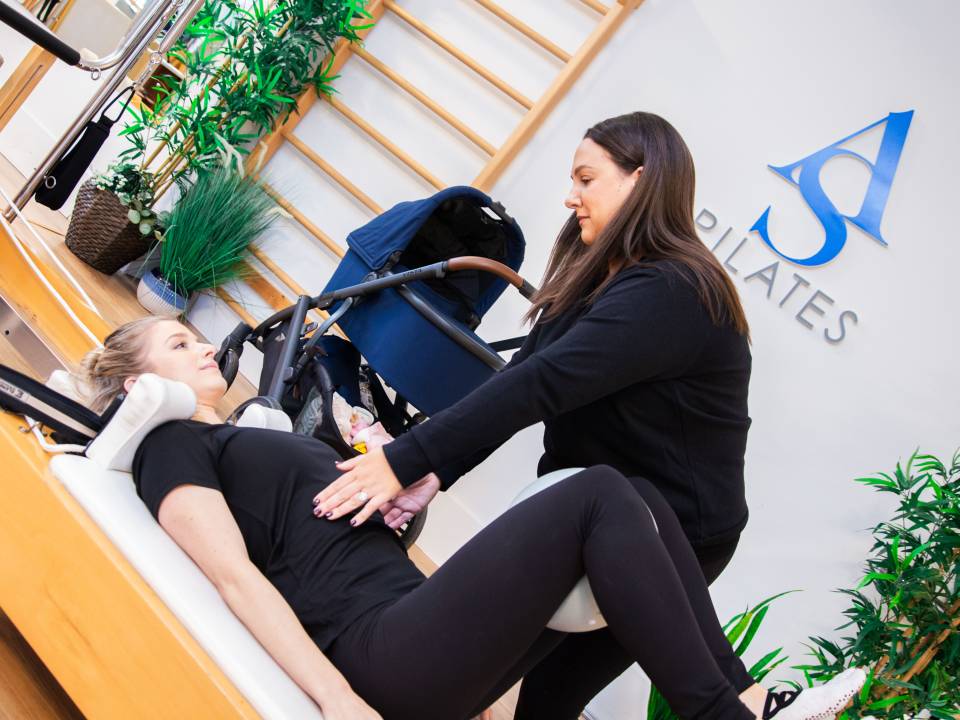
The chair is an extremely functional piece of equipment.
The Pilates Chair Module is an in-depth training that explores the versatility and challenge of this compact yet powerful piece of equipment. Designed to build strength, balance, and control, the chair is particularly effective for targeting the core, upper and lower body in dynamic, functional movement patterns. Trainees will learn how to adapt exercises for different client abilities, from rehabilitation to advanced athletic conditioning, while refining their teaching skills and movement analysis. This module also covers how to integrate the Pilates chair effectively into a studio setting, offering creative and engaging sessions that maximise its potential.
View Our Other Modules
Hear From Past Students
Find Us
Anne Sexton Pilates Studio,
Unit E10,
Network Enterprise Park,
Kilcoole, County Wicklow
Accreditations


BOOK A MODULE TODAY
In our school, we want to inspire excellence by preparing our graduates for the highest standards of professional standards in the practice of Pilates.


